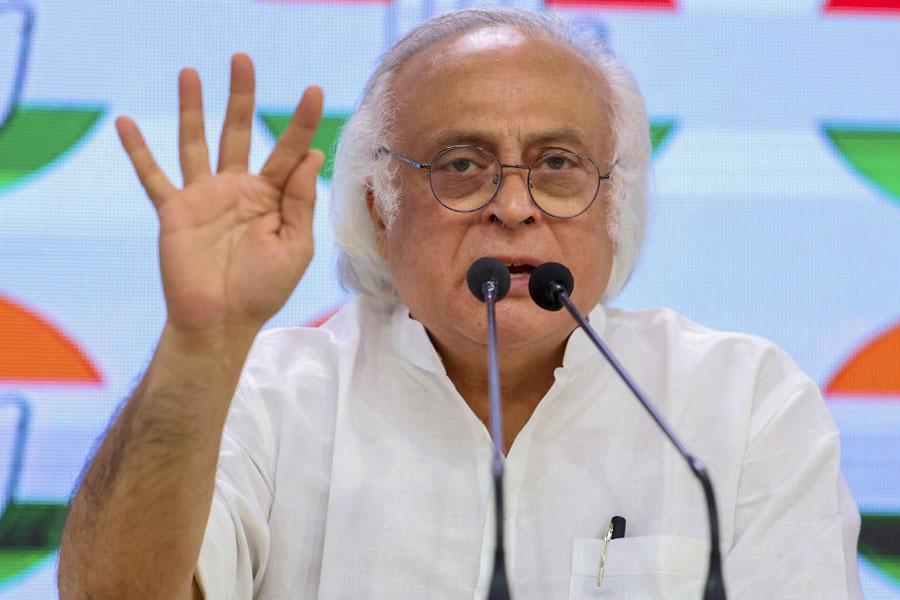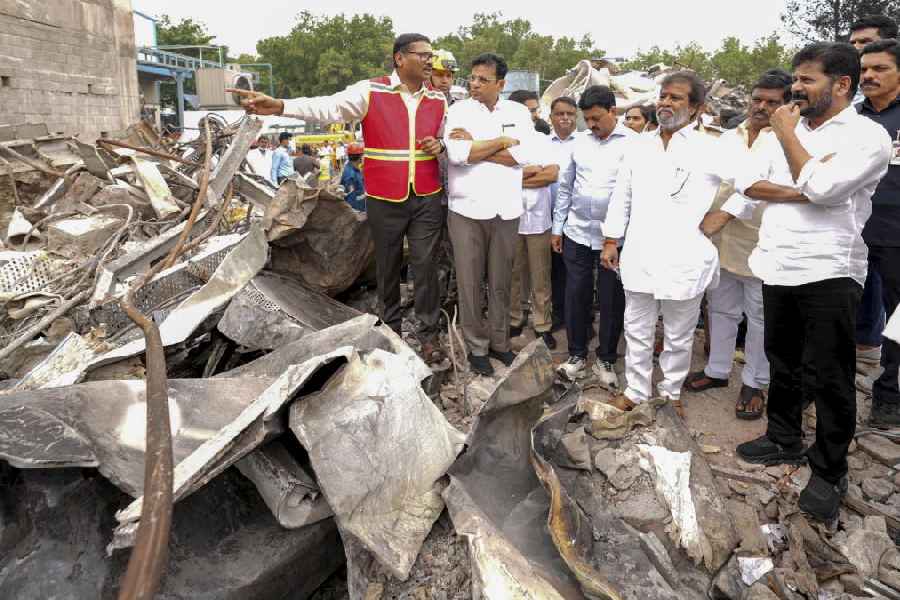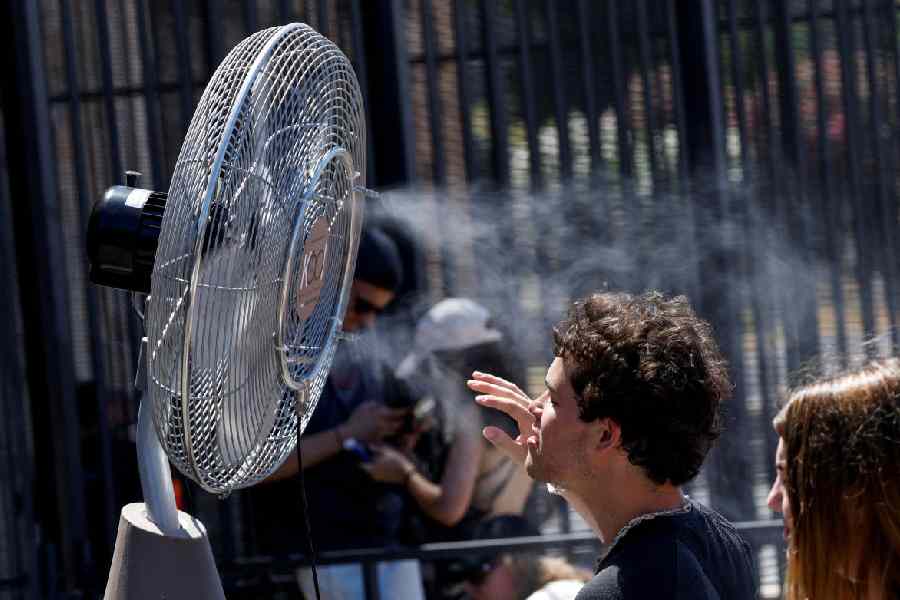 |
For citizens of Guwahati hurrying through the daily humdrum of the Panbazar-Fancy Bazar junction, notes of ainaam wafting through the din bring serenity making them pause for a while. Be assured, the devotional songs originate from the nearby Barpeta Sakha Satra Namghar.
Towards the end of the 19th century, Guwahati was gradually developing as a business centre. The sadar town also opened up limited career opportunities, and that brought a number of job seekers from Barpeta to Guwahati. Most of the migrants settled in the Kamarpatty area of the town, which came to be known as Barpetiapara.
Barpeta had a distinct Sankarite history and the satra there was established by Madhavdeva himself. Now, the residents of the newly-settled Barpetiapara established a namghar at Guwahati on a vacant plot of land, near Kamarpatty.
From the diary of Prasanna Narayan Chowdhury, the former serestadar of Guwahati, we come to know that one Juggoram Ukil along with some others took the lead in establishing this namghar which was consecrated by Vikramdev Sastri of the Barpeta Satra.
Right from the beginning the namghar provided shelter to students, fortune-hunters and the ailing who came to town for treatment.
Though the satra was started by the people who had migrated from Barpeta, gradually Sankardev?s followers from other towns such as Sualkuchi, Hajo, Ramdia who gradually settled in Guwahati, also joined this satra where they found peace.
The satra was built and rebuilt several times during the 20th century.
The first structure was a thatched one. Later, in the first quarter of the 20th century, it was replaced by an Assam-type hall.
The present structure was built during 1995-96 when the ornate main gate of the satra was designed after the original namghar in Barpeta. The new structure is a reinforced concrete one with numerous murals depicting different incidents of Sri Krishna?s life. Frescoes of the Dashavatara also adorn the walls of the satra complex.
Barpeta Sakha Satra of Guwahati still gives shelter to students coming to Guwahati for higher studies. The central office of the Madhupur Satra of Cooch Behar also functions from this satra.
The Guwahati satra also played a historic role in propagating Sankardev?s message outside Assam. It took an initiative in establishing the Sankardeva Sanskriti Samaj in Puri where Sankardev visited 500 years ago.
Now, apart from regular discourses on Sankarite culture, a Sattriya festival is organised in Puri every year where hundreds of devotees participate.
Even today the women of the town assemble at Panbazar every Thursday afternoon to sing ainaam. At this sakha satra, an annual 26-hour palanaam is organised. Apart from daily nama prasanga, other major functions held at this satra include observing the Sankardev tithi, Madhabdeva and Mathura Das burha ata.
Dipankar Banerjee











